Private Practice – Succession Planning From Within
By Kevin E. Hines, CPA, MST, CVA, CSEP
Partner
According to a census study performed by the Federation of State Medical Boards in 2014, over 50% of all physicians are over age 50 and about 20% of all physicians are over the age of 60. This is a staggering statistic and will have a significant impact on private practices as they begin to transition from within, due to the often limited pool of possible new future partners
Some of the Challenges
Physician owners can only pass their business on to another qualified physician, inherently limiting the pool of possible candidates/buyers. This number grows smaller as many young doctors look to work with larger health care providers. The reasons for this vary, however, often include work/life balance considerations, personal finances and the security of a larger employer. At the same time, retiring physicians are probably thinking about their personal finances as well.
“How soon should I retire? Will I have the financial wealth to allow for retirement living? Can I increase my retirement assets with a proper transition of the business/practice?”
For many physicians, recognizing these concerns may be the first step towards discussing and implementing a succession plan.
Establish Succession Plan Goals
Establishing a succession plan is one of the most important decisions a business/practitioner can make. However, establishing a successful plan requires that the plan a) provides a road map to the future, b) ) may provide some level of job security to employees, c) possibly provides comfort to key employees because they can see a path to the future and d) helps determine next steps within the plan. So, what will the goals of the succession plan be?
Owners, key stakeholders and trusted advisors should get together to identify goals and objectives: What’s the end game? What are the financial goals of the selling physician? What are the business considerations that should be weighed and executed within the plan? Will the transfer be to current or future employed/practice physicians? What is the timing of the transfer? How will we go about setting the plan in motion? Who should we share the plan with? Advisors? Employees?
Four Phases
Once goals have been established, a plan can be created. A typical Succession Plan can be broken into four phases:
- Identifying or Recruiting Necessary Talent . Is this talent currently on board? Will there be a search for new talent?
- Developing the Next Generation . Ensure that the individuals moving in to ownership are prepared for their new responsibilities. If a new skill set is needed, be sure to identify these skills required in advance and create a process for training.
- Review of the financial arrangement . How will the finances be vetted? Consider both salaries for the key individuals working into ownership and the buyout of current ownership. Will there be sufficient funds to finance the succession plan?
- Develop & execute the plan . Write the playbook and execute effectively. Define what success looks like, including milestones throughout the execution of the plan. Monitoring progress effectively can help keep the succession process from falling victim to unexpected potentialities.
Identifying or Recruiting Necessary Talent
One of the more important steps will be to assess your current talent. Depending on the size of the practice, you will need to determine what skills a future owner will need. In a small practice, the practitioner may need a more seasoned business skill set, while a larger practice with a strong firm or financial administrator support team, the talent needed may lean towards other areas of the practice such as recruitment or oversight of various medical specialties of the practice. Each situation will be different. Once you have reviewed the talent pool, you will then need to determine if you have talent on hand or will need to search outside the group for the next group of partners.
Developing the Next Generation: Communication and Training
Now, how and when do you communicate this plan? To whom do you communicate the plan to? This will be one of the keys to success, where you try to get everyone on board with the plan. My experience has been that if the plan is a) well thought out, b) written with logical and orderly steps and c) takes into consideration the goals you identified at the beginning of this exercise, you have a much better chance of success. Timing and disclosure of the succession plan should take into consideration the work you did in determining who would be your successor, the skills that are needed to take over, whether training or mentoring will be required and your intended retirement schedule. Will you step away or slowly transition the reins of the business to your successor? This can be a difficult decision since you may not have a previous, similar experience to reflect on.
Plan B
Despite all of your planning and careful execution, there is one lesson that has stood the test of time: always have a “Plan B”. Succession plans play out over time and will need to be updated on a regular basis. As you can imagine, situations will change and evolve and your goals may change as well. Key employees may leave or there may be a situation that requires the succession plan to be accelerated, such as a health issue of a key owner. Having a Plan B ready to go will help account for the unexpected.
Consider Professional Help
Finally, seek outside professional help. Consider the value that a professional experienced in the planning and execution of many Succession Plans can bring to this important event. By working with someone who has the depth of knowledge and foresight to plan for (and possibly mitigate) the challenges and obstacles that you will undoubtedly face, you have a much better chance of executing a successful and efficient transition. Unlike the vast majority of those who ignore succession planning, you will also be working to reap the rewards of succession in a smarter, more advantageous way. This professional should be a trusted advisor, have experience with transitions of businesses and be able to bring together various individuals and professionals to achieve the goals you have established for the transition of your business.
This article was written by Kevin E. Hines, CPA, MST, CVA, CSEP, partner at MBK, with specialties in Business Valuations , Estate Planning and Taxes. You can reach Kevin at (413) 536-8510.
This material is generic in nature. Before relying on the material in any important matter, users should note date of publication and carefully evaluate its accuracy, currency, completeness, and relevance for their purposes, and should obtain any appropriate professional advice relevant to their particular circumstances.
Share Post:









